During Code Academy, there was little that changed more frequently than my opinion of Twitter Bootstrap.
When I first got started doing Hartl's Tutorial, I thought Twitter Bootstrap was amazing. This gem had taken the very ordinary HTML pages I had been doing (featuring Times New Roman font and left-aligned text), and made my web pages beautiful, approachable, and responsive.
Once I started reading about CSS, I shunned Twitter Bootstrap. This tool seemed impossible to break in to pieces or customize. And it seemed like the only developers using this tool had no design interest. I was going to learn CSS from scratch, and roll my own design.
I began playing with fonts, colors, and border radii at first. And at full size on my browser, my site looked awesome, but as soon as I resized my browser or opened up my site on my iPhone, it turned sloppy with fonts changing and floating elements running wild. At this point, I became painfully aware of the impact cross-browser implementation has on making a site appear professional, and with the faint smell of defeat, turned back to Twitter Bootstrap.
This round, I took another shot at customizing Twitter Bootstrap. And because I had messed around with CSS, now I could finally start making subtle edits. I started changing the colors of every tag I could think of: .navbar-inner, .btn-primary, .well. I changed up my fonts and font sizes, and even used media queries to make some custom divs responsive. Twitter Bootstrap wasn't inflexible; it just took time to experiment with.
Twitter Bootstrap is like CSS training wheels that let you bike at 60 mph. It's awesome to go that fast when you first put them on. Then, when you try to ride by your self, and realize you can only bike 5 mph, it kind of sucks a lot. But if you stay on the training wheels a bit longer and pay attention to the mechanics, you can get close to the speed you want to go relatively quickly.


